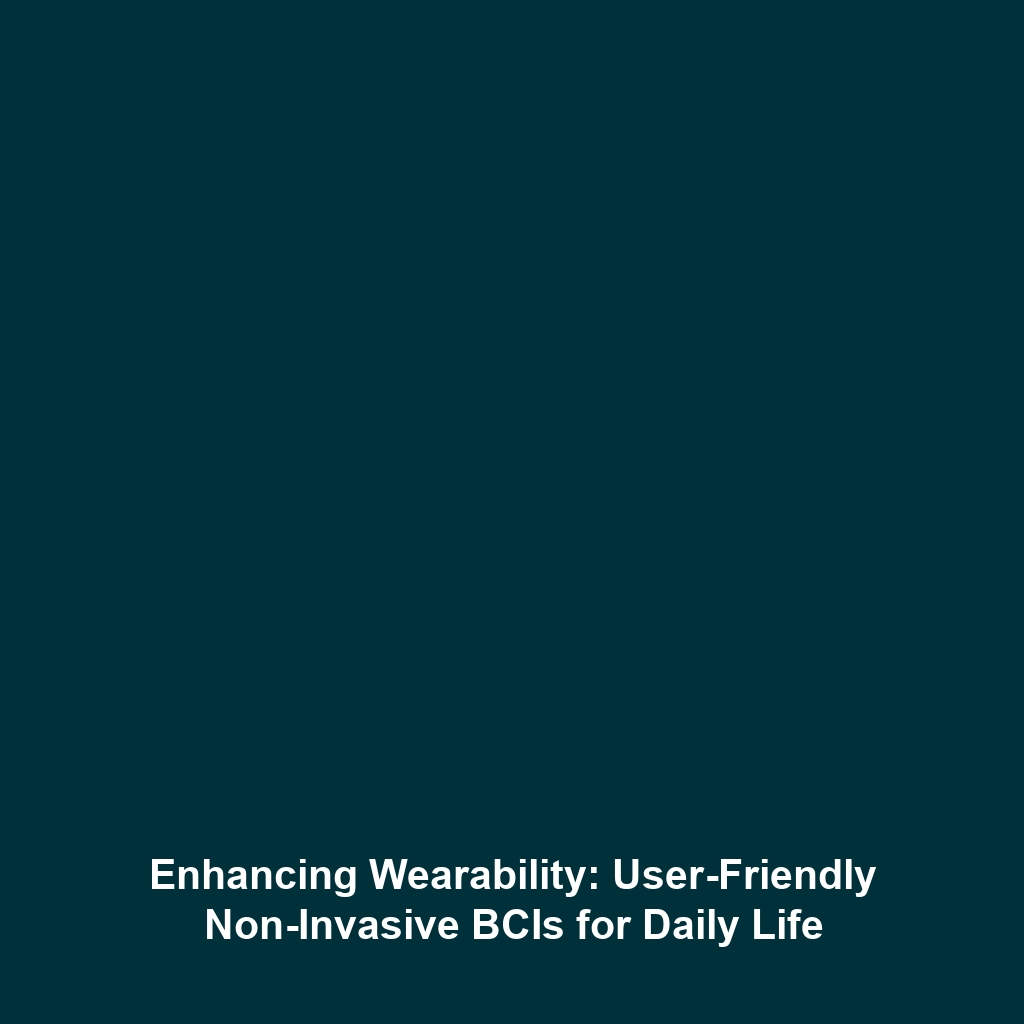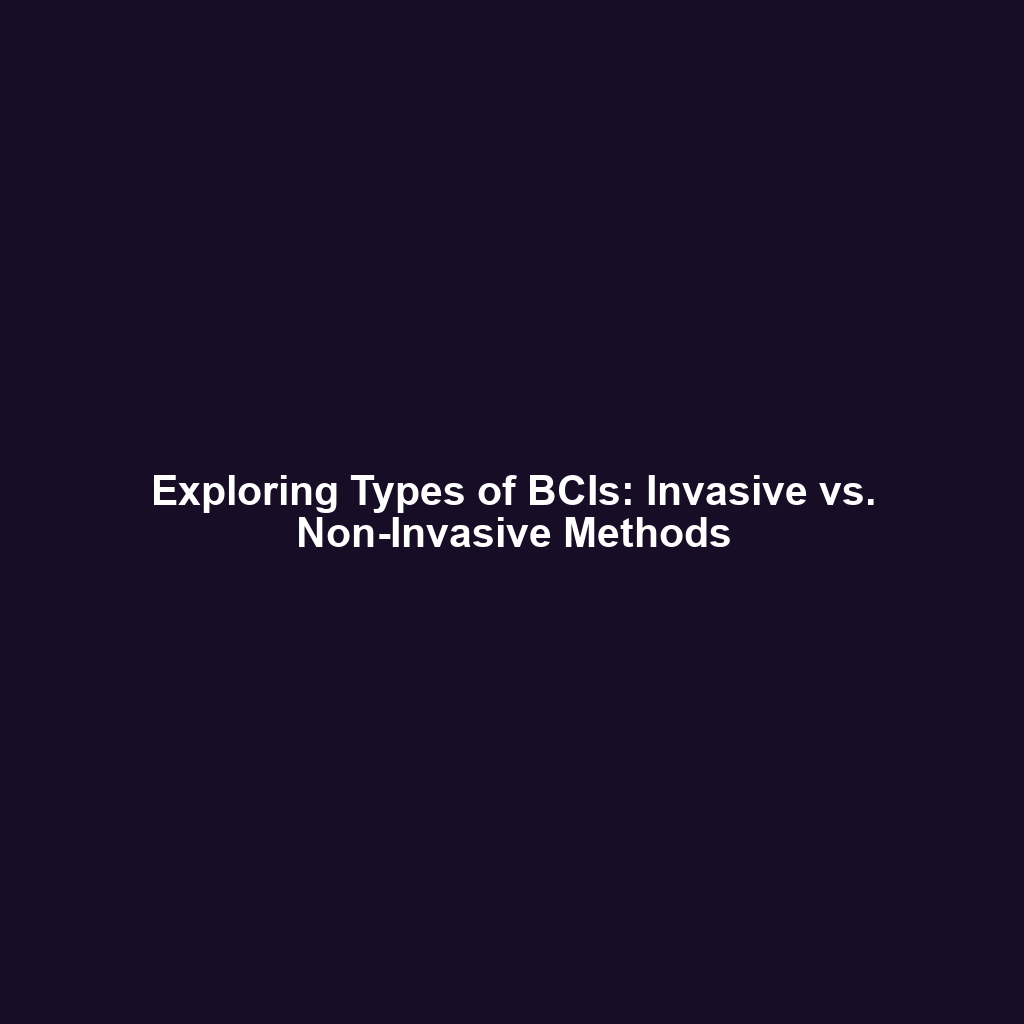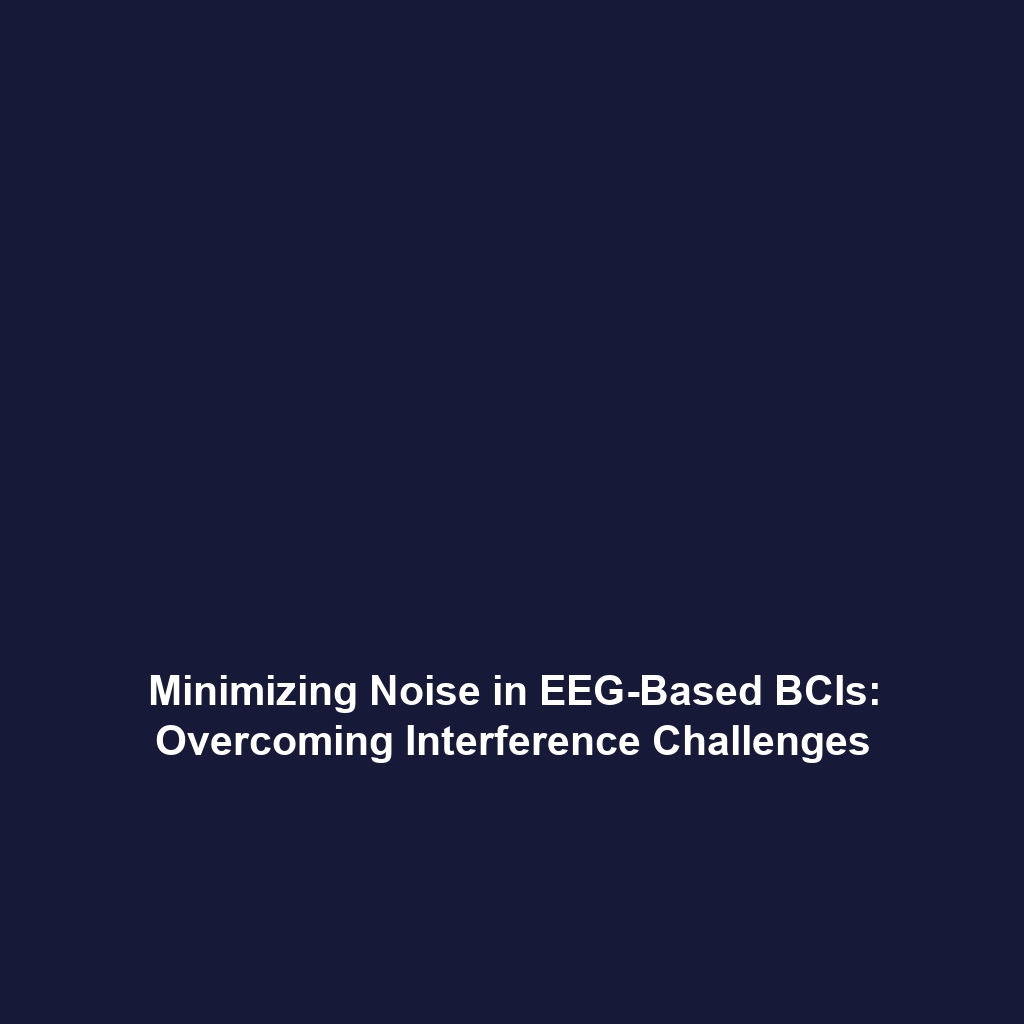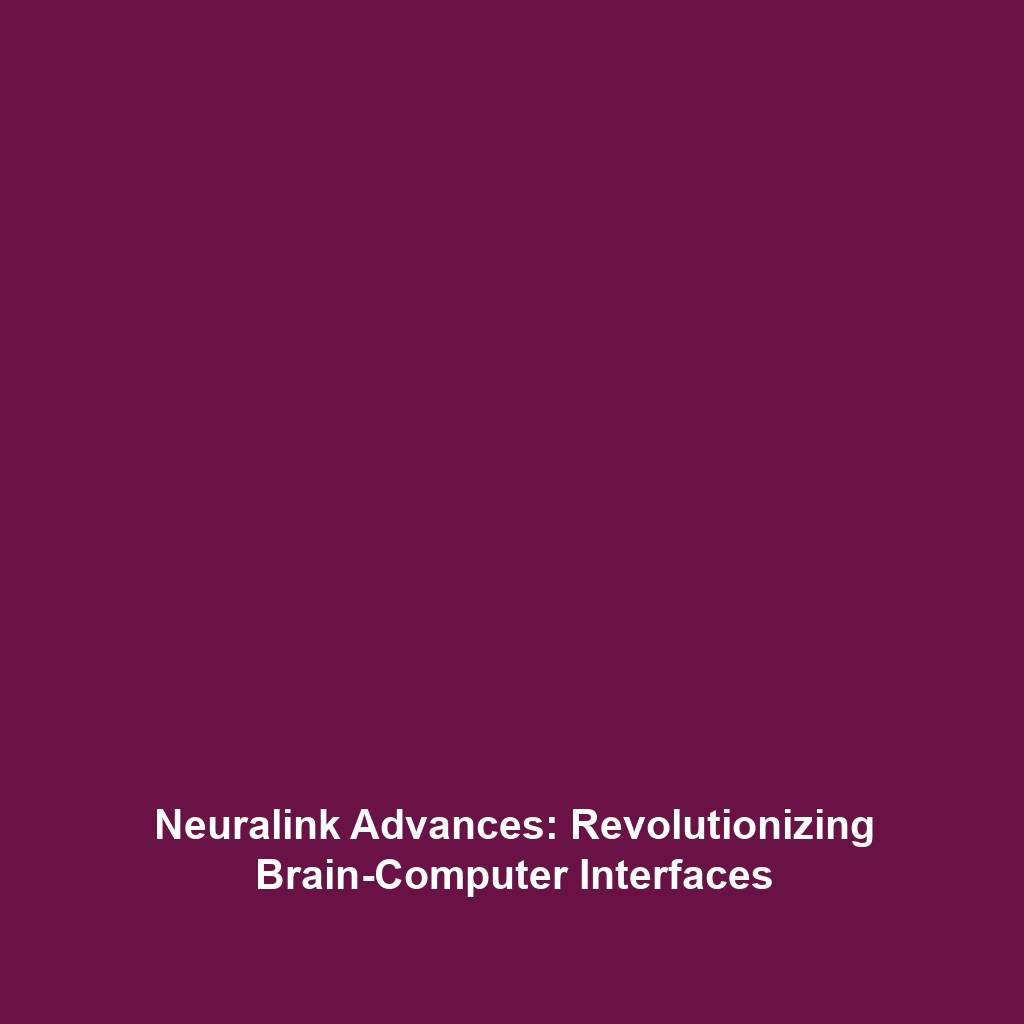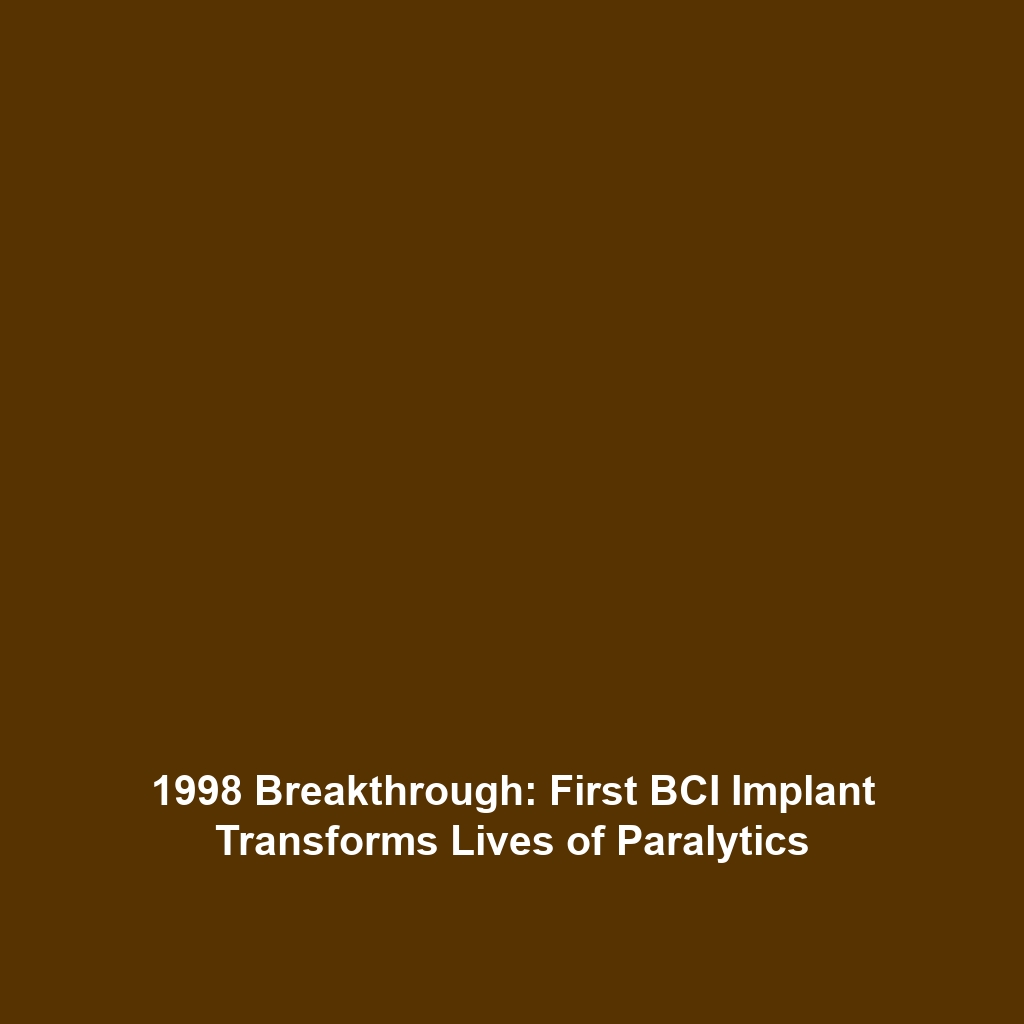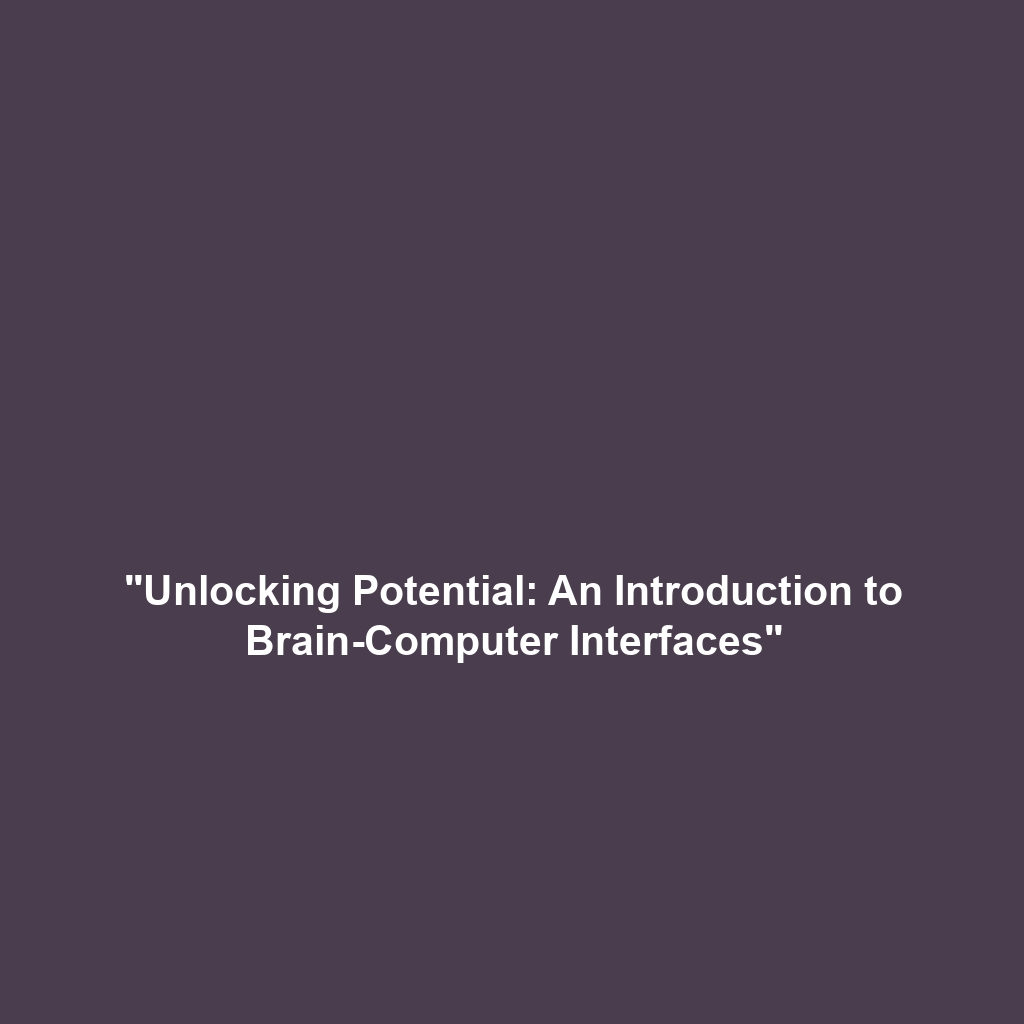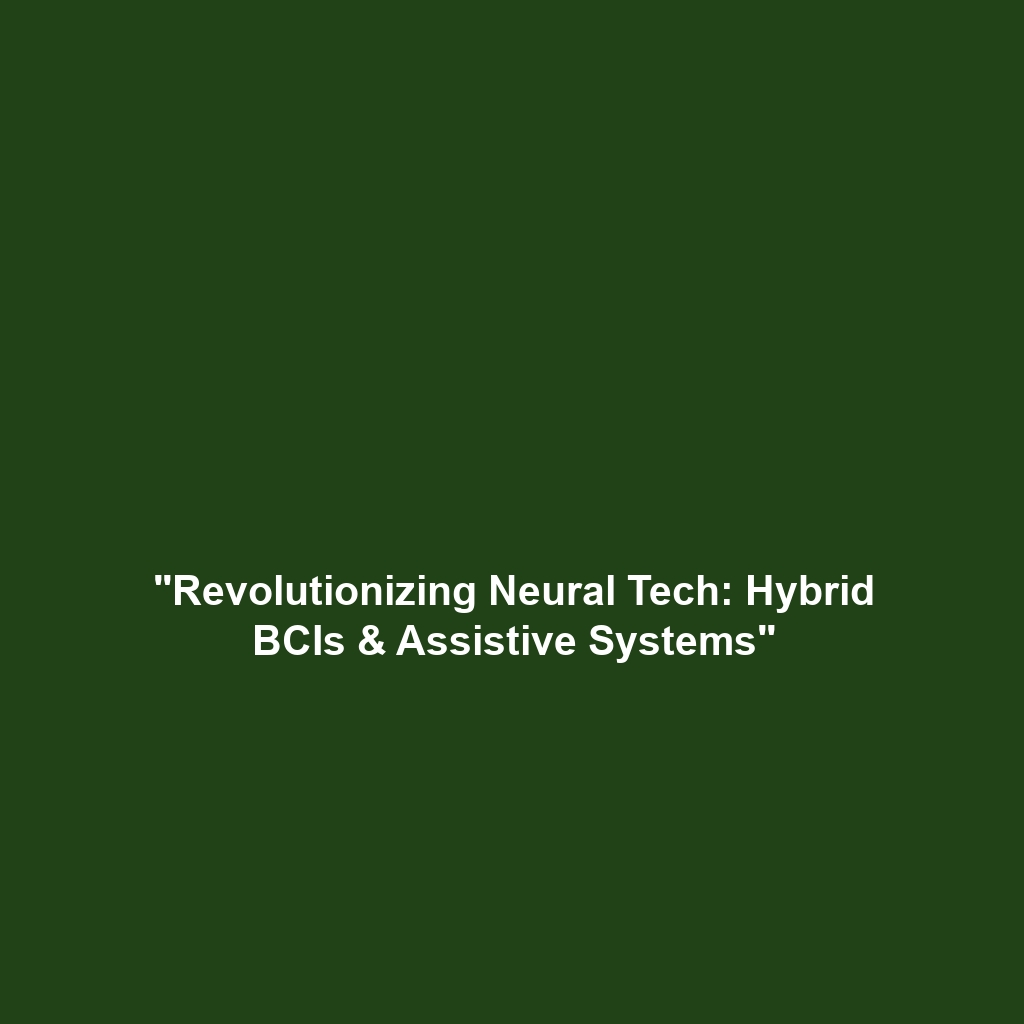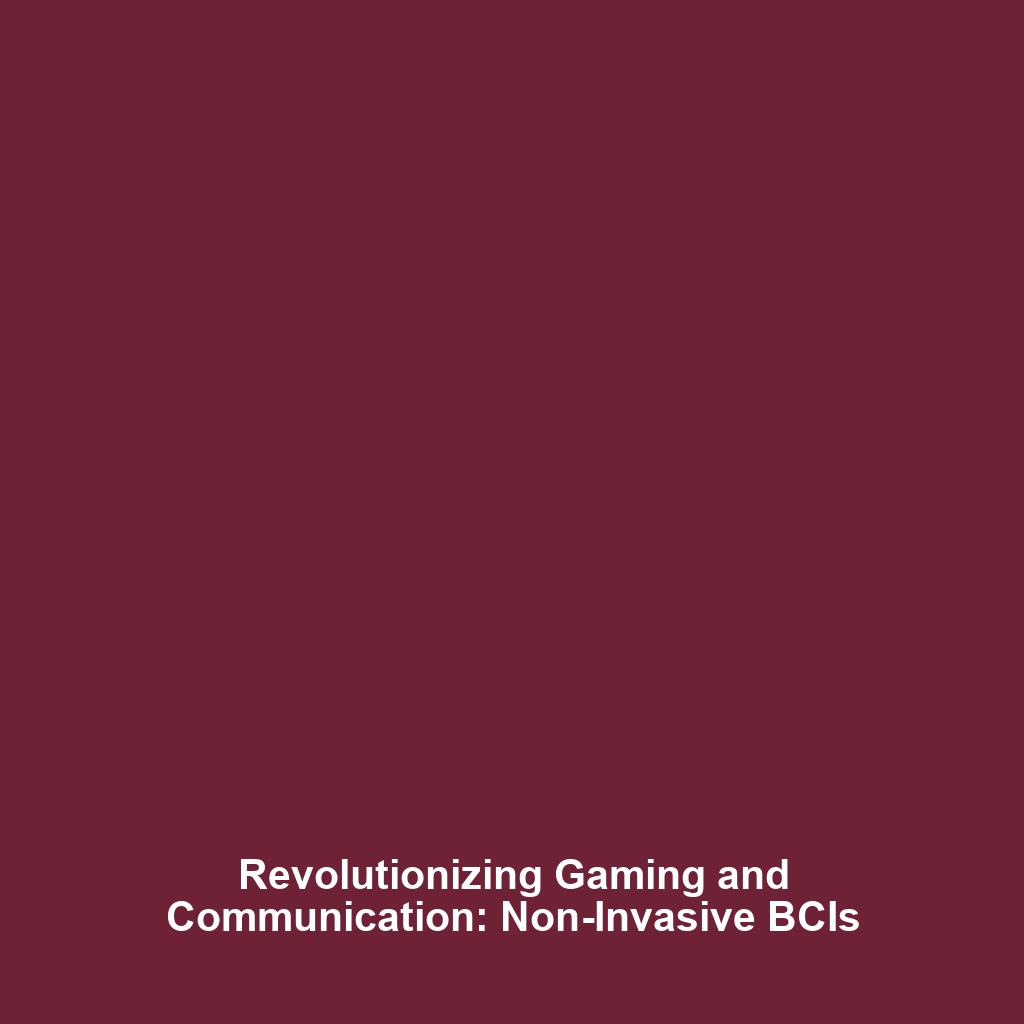Wearability in Non-Invasive Brain-Computer Interfaces
Introduction
Wearability is a critical factor that determines the success of non-invasive Brain-Computer Interfaces (BCIs) in everyday settings. For these advanced technologies to gain widespread acceptance, they must transcend beyond mere functionality. This includes creating devices that are user-friendly, aesthetically appealing, and comfortable enough for daily use. The significance of this endeavor is not only rooted in technological advancement but also in enhancing the quality of life for users who rely on BCIs for medical, educational, or personal enhancement purposes.
Key Concepts
Understanding Non-Invasive BCIs
Non-invasive BCIs utilize sensors placed on the scalp to detect brain activity without the need for surgical intervention. These devices facilitate communication between the brain and external devices, enabling users to control technology directly with their thoughts. In this context, wearability encompasses factors such as:
- User-friendliness: Intuitive interfaces that allow for easy operation.
- Comfort: Lightweight and adjustable designs suitable for long-term wear.
- Aesthetic Appeal: Visually pleasing and discreet designs that integrate seamlessly into daily life.
Applications and Real-World Uses
The integration of wearability into non-invasive BCIs opens a range of practical applications. Examples include:
- Assistive Technologies: BCIs empower individuals with disabilities to communicate and interact with their environment.
- Gaming and Entertainment: Non-invasive BCIs are increasingly being used to create immersive experiences, enabling players to control games through thought alone.
- Healthcare Monitoring: These devices can track cognitive function and support rehabilitation for stroke or brain injury patients.
These applications exemplify how wearability enhances the overall utility of non-invasive BCIs, making them more accessible and effective.
Current Challenges
Despite advancements, the adoption of wearable, non-invasive BCIs faces several challenges:
- Technical Limitations: Current technology may struggle with signal clarity due to external interference.
- User Acceptance: If the design does not resonate with users, it can hinder widespread adoption.
- Safety and Privacy Concerns: Users are often apprehensive about potential risks associated with brain monitoring.
Addressing these issues is crucial for the continued development of practical and widely accepted BCIs.
Future Research and Innovations
Future research into wearability in non-invasive BCIs focuses on several innovative avenues, including:
- Advanced Materials: The development of new materials that enhance comfort and usability.
- Smart Integration: Seamless connectivity with smartphones and other devices for enhanced functionality.
- AI Enhancements: Leveraging artificial intelligence to improve the interpretation of brain signals.
These advancements promise to revolutionize the field, making non-invasive BCIs more effective and appealing for mainstream use.
Conclusion
Wearability is an essential aspect of advancing non-invasive Brain-Computer Interfaces. By focusing on user-friendliness and aesthetic appeal, developers can assure greater acceptance and integration into everyday life. As technology continues to evolve, it stands to benefit a diverse range of applications, paving the way for a future where seamless interaction between humans and machines is the norm. For more information on Brain-Computer Interfaces and their applications, explore our comprehensive resources.
